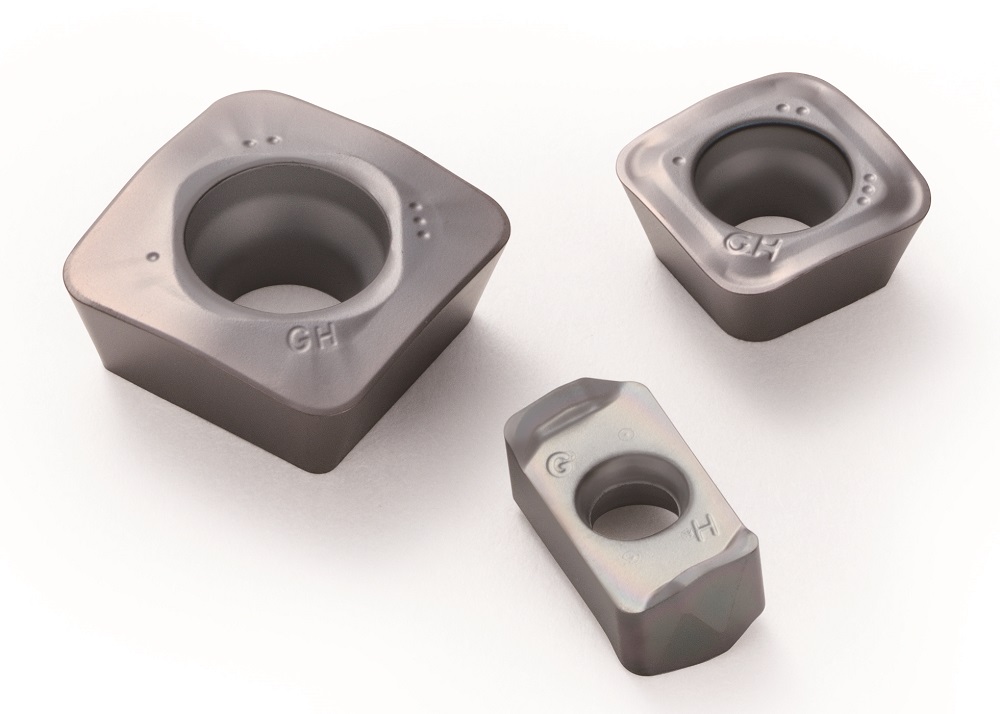Kyocera expands the MFH high-feed milling cutter series
New chipbreaker and new insert grade for shoulder, ramp and slot milling applications as well as plunge, helical and face milling
- Industrial Tools
Kyoto/London - Kyocera has added the new PR015S MEGACOAT HARD insert grade for stable machining of hardened materials to its MFH high feed cutter series. In combination with the likewise new GH Chipbreaker, it is ideal for a wide range of applications and especially for difficult milling operations. Both extensions are integrated into the MFH Harrier and MFH Mini series.
Convex cutting edge design for low cutting forces
The GH Chipbreaker has a convex and very robust cutting-edge design, so that cutting forces are reduced when entering the workpiece. The high-feed tool also has excellent breaking resistance. Along with the PR015S insert grade, the new chipbreaker is suitable for stable machining of hardened material. The PR015S is characterized by its high hardness and extremely heat-resistant PVD coating MEGACOAT HARD, which improves wear resistance. The combination of the GH Chipbreaker and the PR015S also reduces heat cracks and increases the breaking strength of the insert. Different geometries offer the right solution for the high precision technology industry with a maximum cutting depth of up to 5 mm.

Kyocera responds to high market demand with MFH expansion
Since its introduction in 2014, Kyocera has continuously expanded its range of state-of-the-art MFH cutting tools. This range now includes diameters from 8 mm to 160 mm. All inserts in the series feature a convex, spiral edge design, making them ideal for various shoulder, ramp, slot, plunge, helix and face milling applications. The MFH was Kyocera's first high-feed milling tool and completes the comprehensive line of cutting tools to meet various manufacturing challenges.

